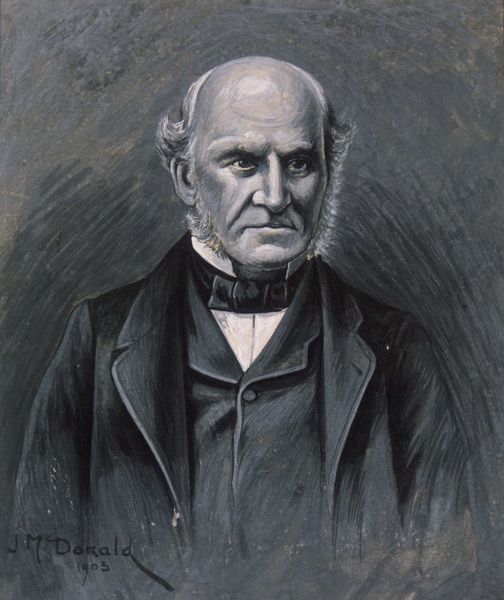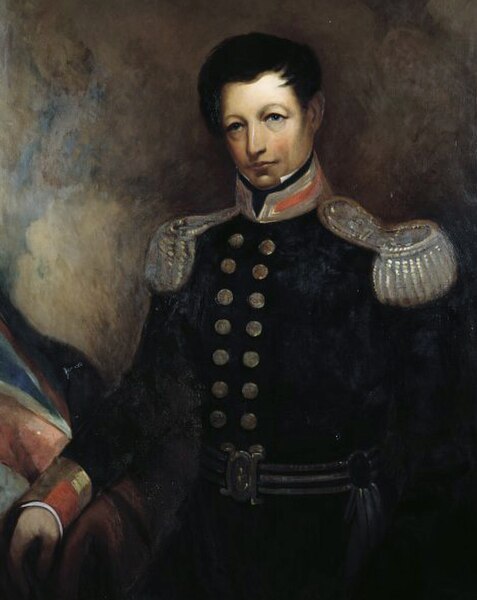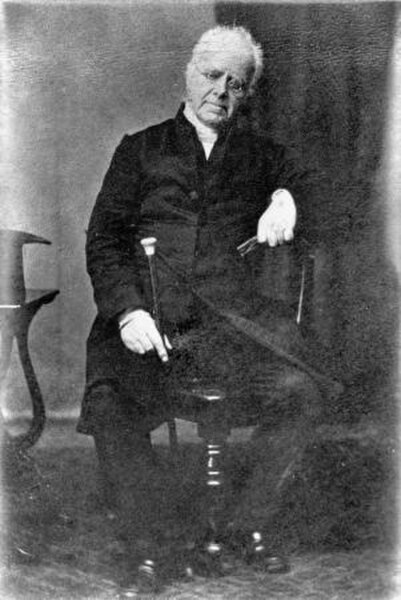The human history of New Zealand can be dated back to between 1320 and 1350 CE, when the main settlement period started, after it was discovered and settled by Polynesians, who developed a distinct Māori culture. Like other Pacific cultures, Māori society was centred on kinship links and connection with the land but, unlike them, it was adapted to a cool, temperate environment rather than a warm, tropical one. The first European explorer known to have visited New Zealand was the Dutch navigator Abel Tasman, on 13 December 1642. In 1643 he charted the west coast of the North Island, his expedition then sailed back to Batavia without setting foot on New Zealand soil. British explorer James Cook, who reached New Zealand in October 1769 on the first of his three voyages, was the first European to circumnavigate and map New Zealand. From the late 18th century, the country was regularly visited by explorers and other sailors, missionaries, traders and adventurers.

Māori whānau (extended family) from Rotorua in the 1880s. Many aspects of Western life and culture, including European clothing and architecture, became incorporated into Māori society during the 19th century.
The Mission House at Kerikeri is New Zealand's oldest surviving building, having been completed in 1822
One of the few extant copies of the Treaty of Waitangi
Scottish Highland family migrating to New Zealand, 1844, by William Allsworth. Museum of New Zealand Te Papa Tongarewa, Wellington.
The Treaty of Waitangi, sometimes referred to as Te Tiriti, is a document of central importance to the history of New Zealand, its constitution, and its national mythos. It has played a major role in the treatment of the Māori people in New Zealand by successive governments and the wider population, something that has been especially prominent from the late 20th century. The treaty document is an agreement, not a treaty as recognised in international law, and has no independent legal status, being legally effective only to the extent it is recognised in various statutes. It was first signed on 6 February 1840 by Captain William Hobson as consul for the British Crown and by Māori chiefs from the North Island of New Zealand.
The Waitangi Sheet of the Treaty of Waitangi
James Busby, British Resident in New Zealand. He drafted a document known as the Declaration of the Independence of New Zealand.
Captain William Hobson
Rev Henry Williams, who translated the treaty into Māori with the help of his son Edward Marsh Williams.







